

Articles
How To Use Accu Measure Skinfold Calipers
Modified: February 22, 2024
Learn how to accurately measure body fat percentage with Accu-Measure skinfold calipers through these informative articles. Discover tips and techniques for precise calculations.
(Many of the links in this article redirect to a specific reviewed product. Your purchase of these products through affiliate links helps to generate commission for Storables.com, at no extra cost. Learn more)
Introduction
Welcome to the world of fitness and body composition analysis! If you have been on a journey to improve your health and fitness, you may have come across the term “skinfold calipers.” Skinfold calipers are an essential tool for measuring body fat percentage, a key indicator of overall health and fitness.
In this article, we will explore what skinfold calipers are, how they work, and the different types available. We will also guide you through the process of preparing for measurement, taking accurate measurements, and interpreting the results. By the end of this article, you will have a clear understanding of how to use skinfold calipers effectively.
So, let’s dive in and unravel the mysteries of skinfold calipers!
Key Takeaways:
- Accu Measure skinfold calipers are essential for estimating body fat percentage, providing valuable insights into health and fitness progress. Proper technique and professional guidance ensure accurate and meaningful measurements.
- Understanding skinfold calipers, preparing for measurement, and following precise techniques are crucial for obtaining reliable body fat percentage estimates. Consistency and professional consultation are key for accurate interpretation and analysis.
Read more: How Accurate Are Skinfold Calipers
Understanding Skinfold Calipers
Skinfold calipers are specialized tools used to measure the thickness of subcutaneous fat, which is the fat located just beneath the skin. These measurements are then used to estimate the overall percentage of body fat.
The working principle behind skinfold calipers lies in the fact that subcutaneous fat is distributed in different areas of the body. By measuring the thickness of specific skinfold sites, a trained professional can estimate the total amount of body fat.
There are several types of skinfold calipers available, each with its own unique design and functionality. The two most common types are mechanical and electrical calipers.
Mechanical Calipers: These calipers work using a spring-loaded mechanism. When the calipers are pressed against the skinfold, the pressure on the spring increases, and the reading is displayed on a scale or dial. Mechanical calipers are widely used due to their accuracy and affordability.
Electrical Calipers: Electrical calipers are equipped with a digital display that provides a more precise measurement. These calipers use electric sensors to determine the skinfold thickness and have the advantage of eliminating human error in reading the scale. However, they are typically more expensive than mechanical calipers.
It’s important to note that skinfold calipers require a trained professional to perform the measurements accurately. Professionals certified in using skinfold calipers undergo specific training to ensure precise and consistent measurements.
Now that we have a basic understanding of what skinfold calipers are and how they work, let’s move on to the next section, where we will explore the necessary steps for preparing to take measurements.
Preparing for Measurement
Before diving into the process of using skinfold calipers to measure body fat, it’s crucial to prepare both the equipment and the individual being measured. This ensures accurate and hygienic measurements.
Selecting the Right Calipers: Choosing the appropriate skinfold calipers is essential for accurate measurements. Consider factors such as the type of calipers (mechanical or electrical), the quality of the calipers, and your own comfort and familiarity with the chosen type. It’s recommended to invest in high-quality calipers to ensure reliability and durability.
Cleaning and Sterilizing the Calipers: Before conducting any measurements, it’s crucial to thoroughly clean and sterilize the calipers. This helps prevent the spread of germs and ensures hygienic conditions. Clean the calipers with a mild soap solution or an alcohol-based wipe, ensuring that all surfaces and nooks are thoroughly cleaned. It’s also important to sterilize the calipers by using methods such as autoclaving or using disinfectant spray.
Preparing the Individual Being Measured: The individual being measured should be prepared in a consistent manner to ensure accurate and reliable measurements. Here are some steps to follow:
- Ensure the individual is in a relaxed state, as stress or tension can affect skinfold thickness.
- Have the person remove any clothing covering the measurement sites. Ideally, they should be in minimal or form-fitting clothing to access the relevant skinfold sites easily.
- Make sure the skin is dry and free from lotions, oils, or sweat, as this can affect the grip and accuracy of the calipers.
By taking these necessary steps to prepare both the calipers and the person being measured, you establish a foundation for precise and consistent measurements. With everything in order, we can now move on to the next crucial aspect – the process of taking skinfold measurements.
Taking Measurements
Now that we have prepared the calipers and the individual, it’s time to dive into the process of taking skinfold measurements. This process involves identifying the measurement sites, using the proper technique to pinch the skinfold, and accurately measuring the skinfold thickness using the calipers.
Identifying the Measurement Sites: There are specific sites on the body where skinfold measurements are commonly taken. These sites are selected based on standardized protocols and may vary depending on the measurement technique being used. Common sites include the triceps, biceps, subscapular, suprailiac, and thigh. It’s important to accurately identify these sites to ensure consistent results.
Proper Technique for Pinching the Skinfold: Once the measurement sites are identified, it’s crucial to use the proper technique to pinch the skinfold accurately. Here’s how:
- Locate the measurement site firmly using your fingers.
- Gently pinch the skin and underlying fat with the thumb and index finger, ensuring that only the skin and fat tissue are grasped.
- Keep the pinch perpendicular to the skin surface, avoiding any twisting or uneven pressure.
- Maintain a steady grip without applying excessive force or releasing the pinch prematurely, as this can lead to inaccurate measurements.
Using the Calipers to Measure the Skinfold Thickness: With the skinfold properly pinched, it’s time to use the calipers to measure the thickness. Here’s how:
- Place the jaws of the calipers perpendicular to the fold of skin, ensuring that the measurement points align with the center of the skinfold.
- Release the calipers gently, allowing the jaws to close and measure the distance between them. Read the measurement value on the scale or digital display.
- Record the measurement and repeat the process for each designated measurement site.
Remember, consistency and precision are key when taking skinfold measurements. By following the correct technique and using the calipers accurately, you can ensure reliable and meaningful results.
Now that we have successfully taken the measurements, it’s time to move on to the next step, which is recording and interpreting the results.
When using Accu-Measure skinfold calipers, make sure to pinch the skin and underlying fat firmly, but not uncomfortably. Take multiple measurements and calculate the average for more accurate results.
Recording and Interpreting Results
After taking the skinfold measurements, the next step is to accurately record and interpret the results. This information is crucial for assessing body composition and tracking any changes over time.
Recording the Measurements Accurately: To ensure accuracy and consistency, it’s important to record the measurements accurately. Use a pen and paper, a spreadsheet, or a dedicated tracking app to document the measurements for each measurement site. Include the date, the measurement value, and the specific site where the measurement was taken.
Calculating the Sum of Skinfold Thicknesses: To estimate the overall body fat percentage, it’s common practice to calculate the sum of the skinfold thicknesses. Adding up the measurements taken at different sites provides a cumulative value that can be used in various equations or formulas to estimate body fat percentage.
Interpreting the Measurement Results: The interpretation of the measurement results depends on the specific equations or formulas being used, as well as individual factors such as age and gender. Generally, higher skinfold measurements indicate a higher percentage of body fat, and vice versa. However, it’s important to note that skinfold measurements provide an estimation and may have limitations in certain populations or individuals with unique body compositions.
It’s recommended to consult with a trained professional, such as a registered dietitian or a fitness expert, for accurate interpretation and analysis of the results. These professionals can provide personalized guidance based on the individual’s goals and objectives.
Now that we have recorded and interpreted the results, we can move on to the final section, which provides some tips for obtaining accurate and consistent measurements with skinfold calipers.
Read more: How Accurate Are Digital Calipers
Tips for Accurate Measurements
Obtaining accurate and consistent measurements with skinfold calipers requires attention to detail and adherence to proper technique. Here are some tips to ensure accurate measurements:
Consistency in Pinching Technique: Maintaining consistency in the pinching technique is crucial for reliable and meaningful measurements. Ensure that you pinch the skinfold at the same angle, with the same pressure, and at the same location each time. This helps eliminate variability and ensures consistent results.
Avoiding Errors in Measurement: To avoid common errors in measurement, follow these guidelines:
- Avoid excessive force when pinching the skinfold, as this can compress the underlying fat and lead to inaccurate measurements.
- Ensure that the calipers are properly aligned with the center of the skinfold and perpendicular to the skin surface. Any misalignment can affect the accuracy of the measurements.
- Minimize any movement or stretching of the skin during the measurement process, as this can distort the skinfold thickness.
Taking Multiple Measurements for Accuracy: To increase accuracy, it’s recommended to take multiple measurements at each measurement site. Ideally, three measurements should be taken, and the average value should be used for analysis. This helps mitigate any variations in technique or the influence of individual measurements that may deviate from the norm.
Additionally, it’s important to remember that skinfold measurements provide an estimation of body fat percentage and may have limitations in certain populations or individuals with unique body compositions. It’s best to consider these measurements as one of several tools used in assessing body composition, along with other methods such as bioelectrical impedance analysis or dual-energy x-ray absorptiometry (DXA).
By following these tips and consulting with a trained professional, you can obtain accurate and reliable measurements with skinfold calipers. These measurements can serve as valuable information to track changes in body composition and monitor progress towards your health and fitness goals.
With these tips in mind, you are now equipped with the knowledge to effectively use skinfold calipers for body fat measurements. So, go ahead and embark on your journey to better understand and improve your body composition!
These are the essential steps and tips to use Accu Measure skinfold calipers accurately. Understanding how skinfold calipers work, properly preparing for measurement, and taking accurate measurements will help you obtain meaningful body fat percentage estimates. Remember to always consult with a trained professional to ensure the accuracy and interpretation of the results in relation to your specific health and fitness goals.
Conclusion
Accu Measure skinfold calipers are valuable tools in the world of fitness and body composition analysis. They provide a simple and cost-effective way to estimate body fat percentage, a key indicator of overall health and fitness. By following the proper techniques and guidelines, you can obtain accurate and reliable measurements with skinfold calipers.
Throughout this article, we have covered the essential steps to effectively use skinfold calipers. We explored what skinfold calipers are, how they work, and the different types available. We discussed the importance of preparing for measurement by selecting the right calipers, cleaning and sterilizing them, and preparing the individual being measured.
We then delved into the process of taking measurements, which involves identifying the measurement sites, using the proper pinching technique, and measuring the skinfold thickness with the calipers. We emphasized the significance of accuracy and consistency in obtaining reliable results.
Recording and interpreting the results are vital steps in the measurement process. We discussed the importance of accurately recording the measurements and calculating the sum of skinfold thicknesses to estimate body fat percentage. We also emphasized the need for professional guidance in interpreting the results based on individual factors and goals.
Lastly, we provided tips for obtaining accurate measurements, such as maintaining consistency in pinching technique, avoiding errors in measurement, and taking multiple measurements for accuracy. These tips help ensure reliable and meaningful results.
Accu Measure skinfold calipers, when used correctly and in conjunction with other body composition assessment methods, can provide valuable insights into an individual’s health and fitness progress. Remember to always consult with a trained professional to ensure accurate measurements and to interpret the results effectively.
So, armed with this knowledge, go ahead and confidently use Accu Measure skinfold calipers in your fitness journey. Take control of your body composition and strive towards achieving your health and fitness goals!
Frequently Asked Questions about How To Use Accu Measure Skinfold Calipers
Was this page helpful?
At Storables.com, we guarantee accurate and reliable information. Our content, validated by Expert Board Contributors, is crafted following stringent Editorial Policies. We're committed to providing you with well-researched, expert-backed insights for all your informational needs.


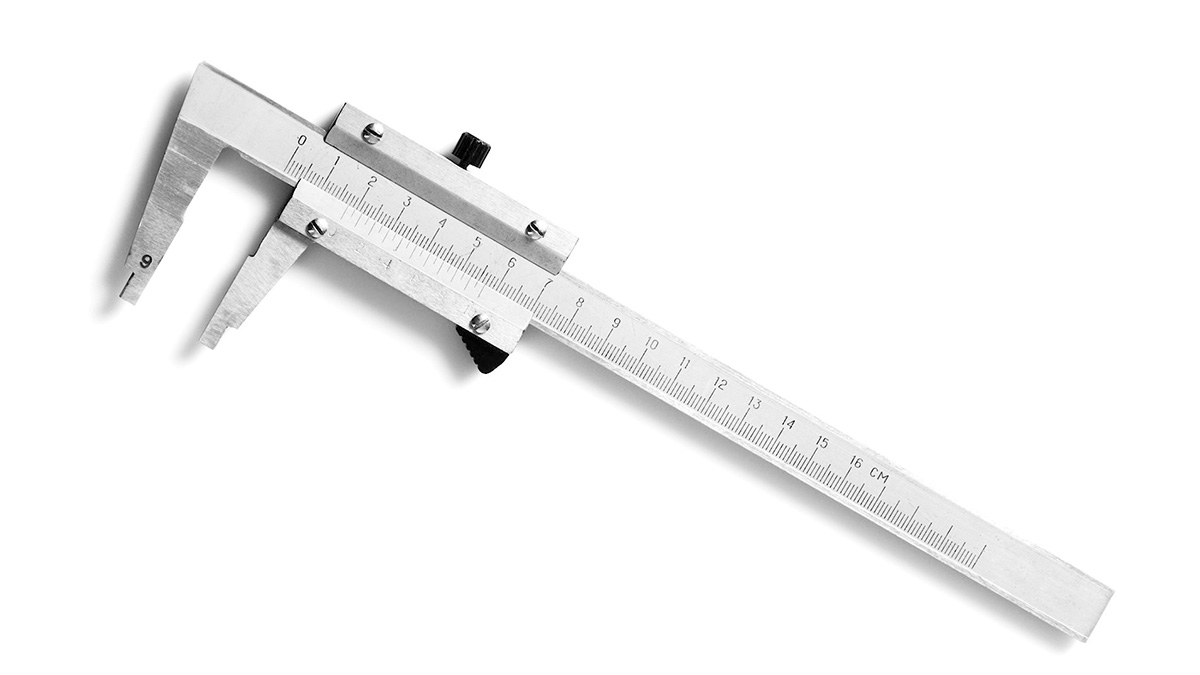
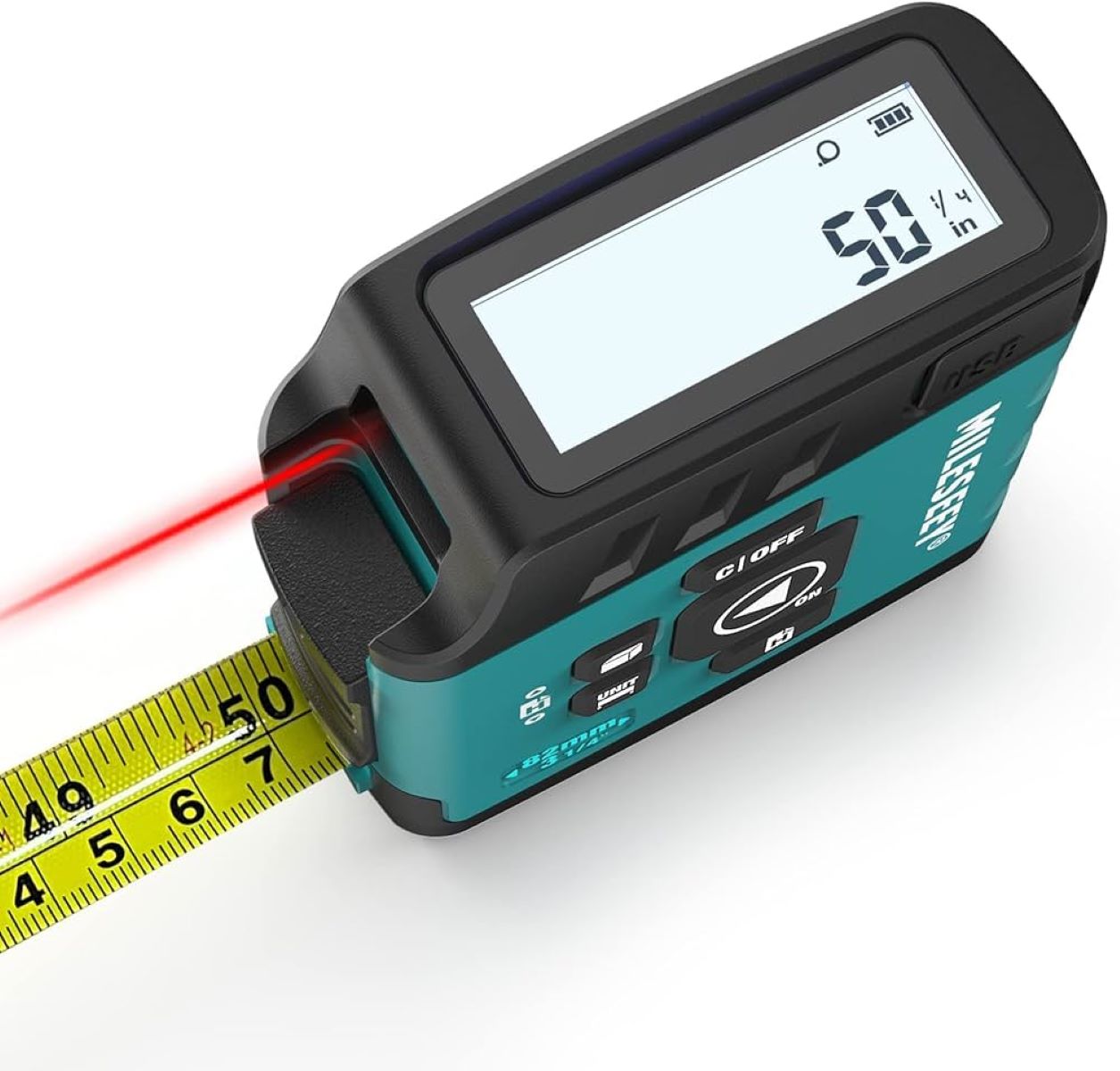
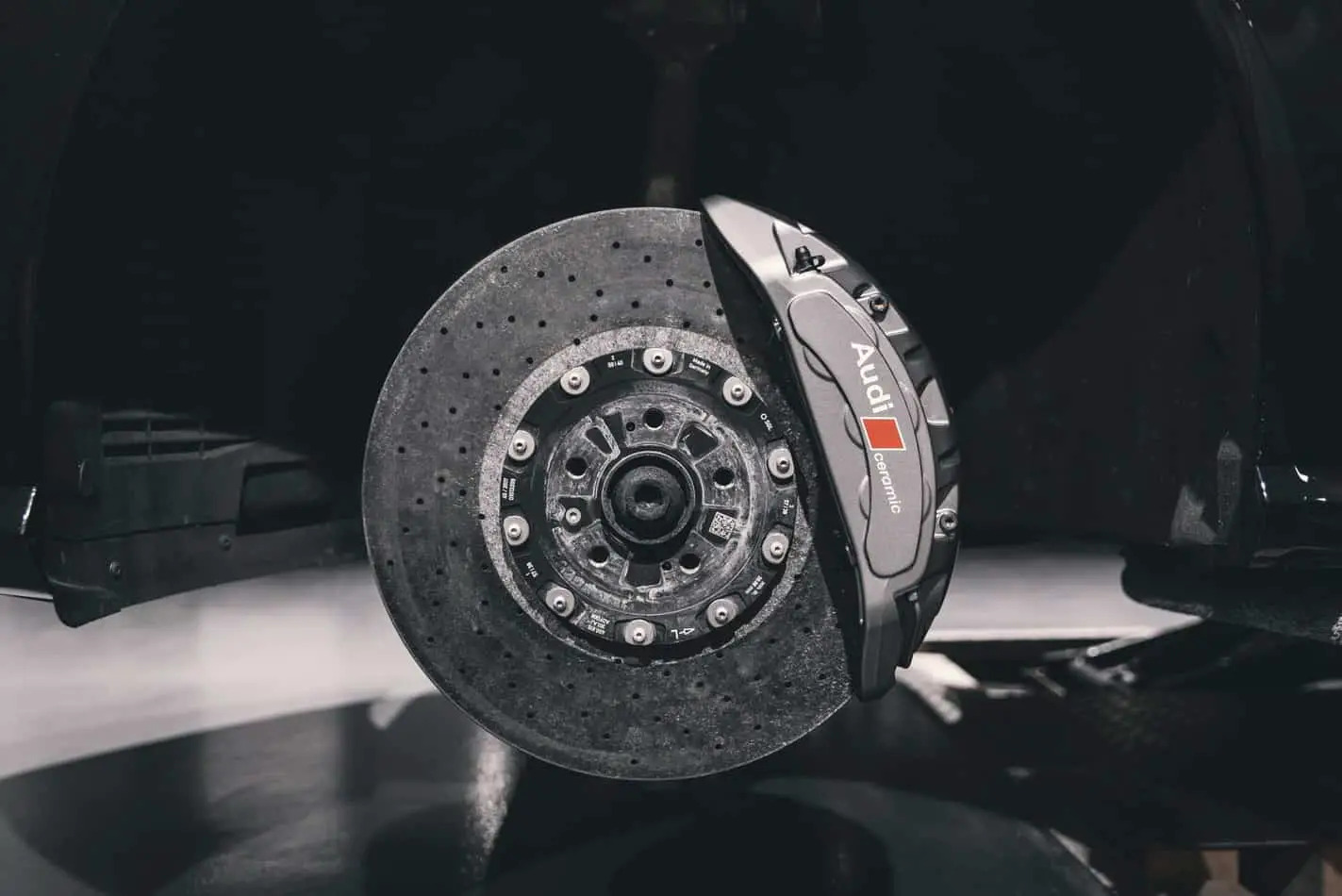
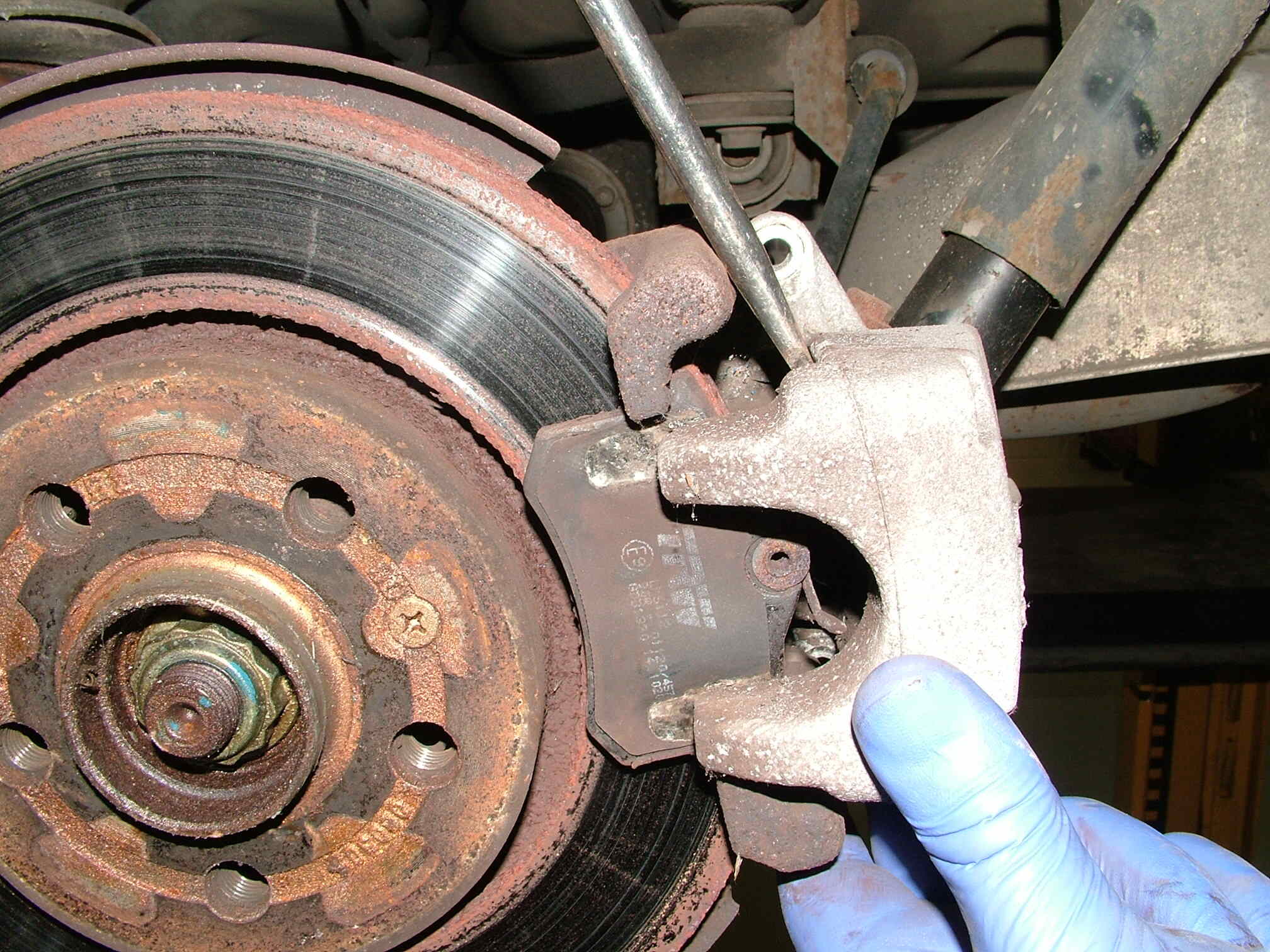
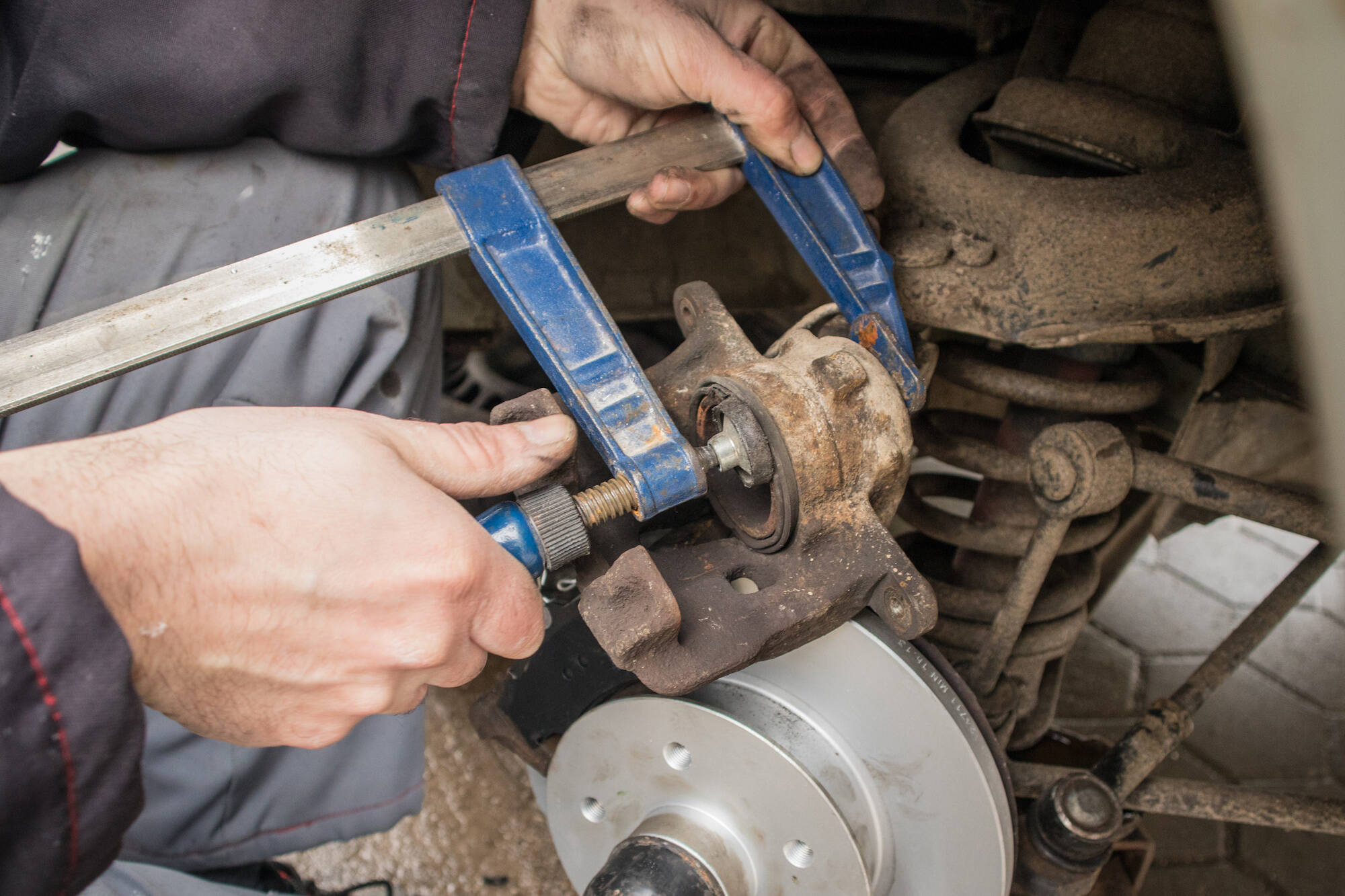
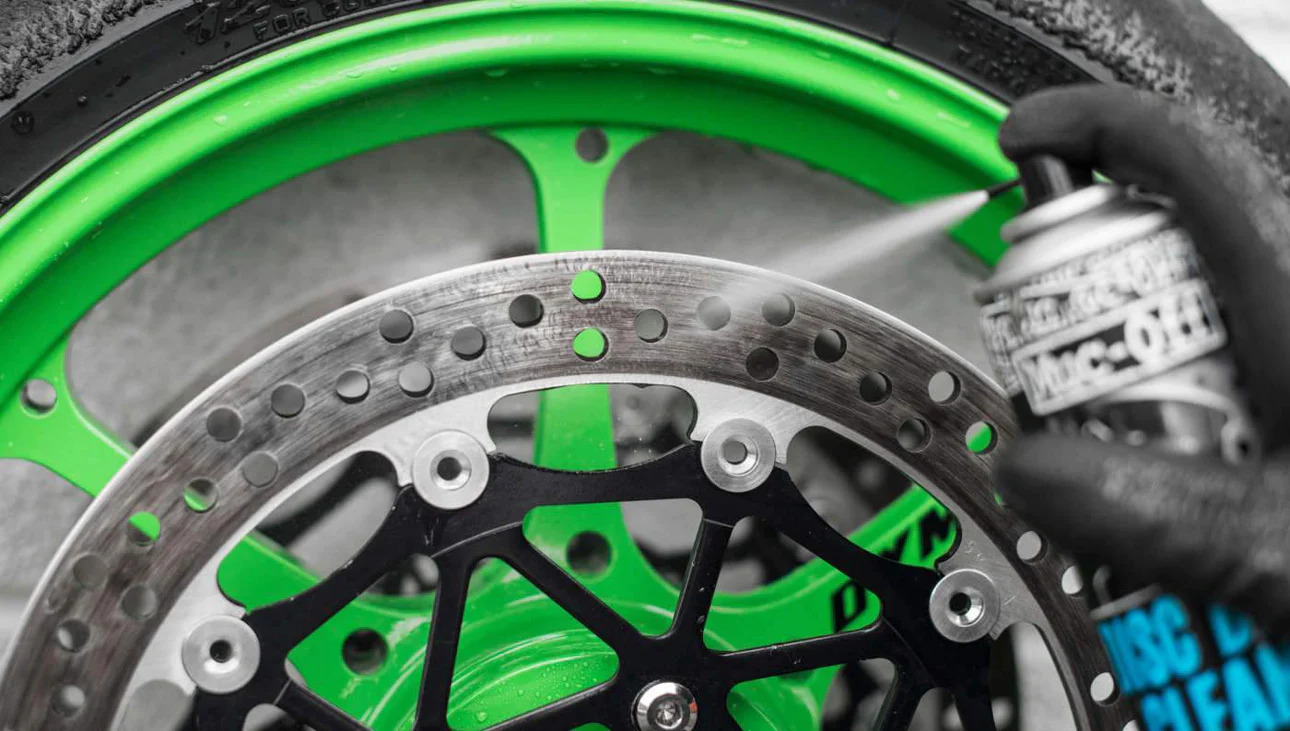
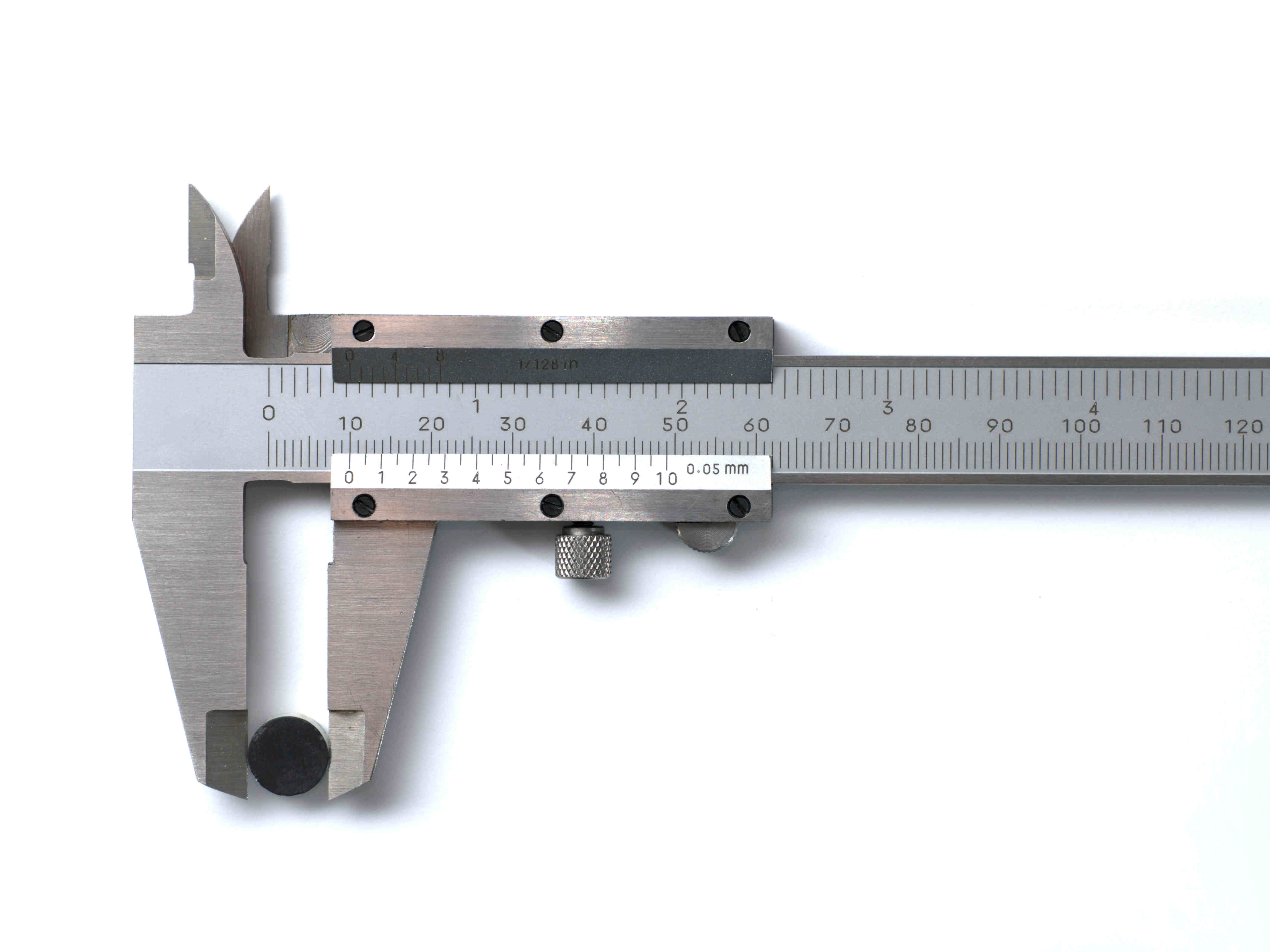
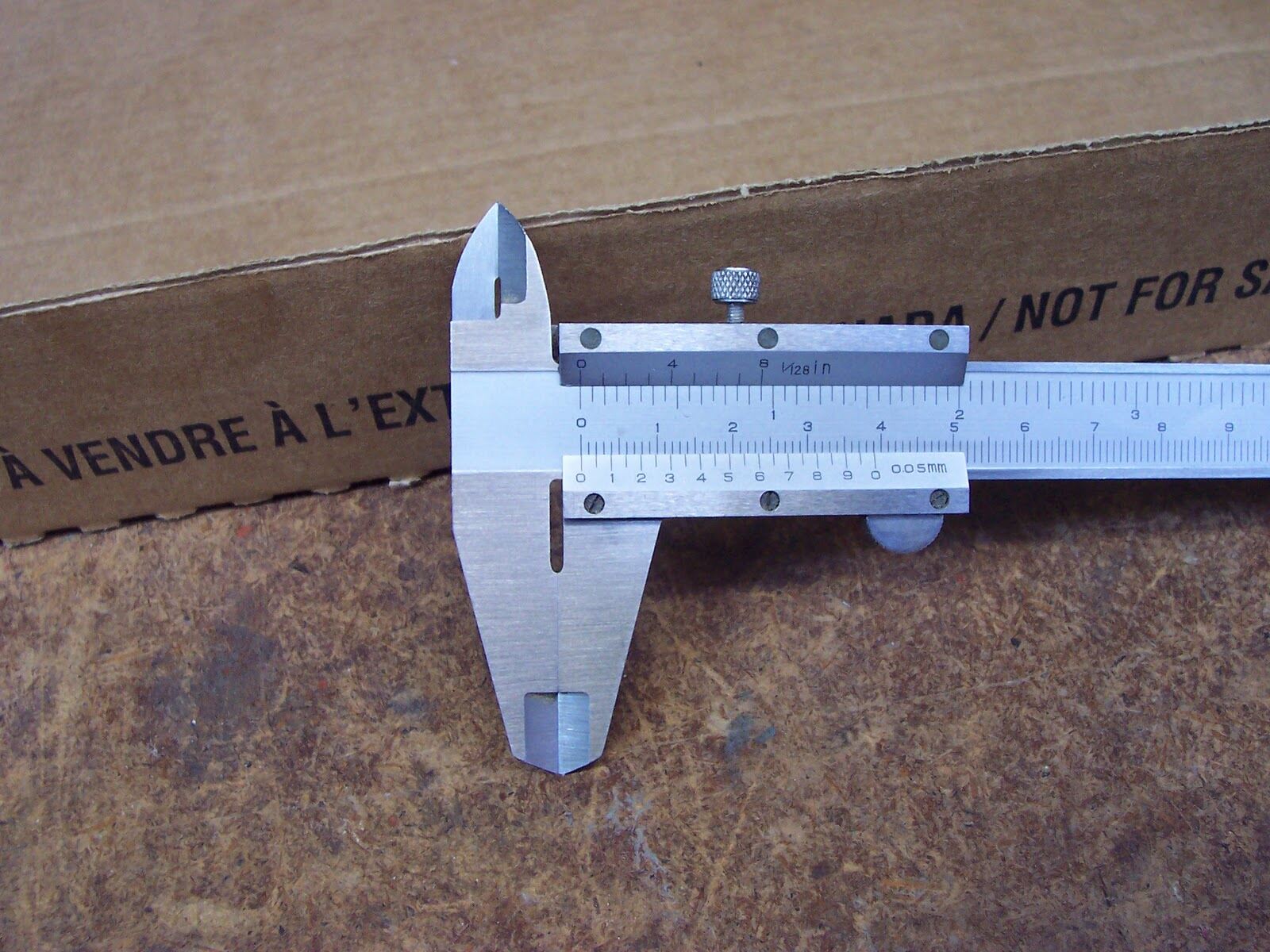
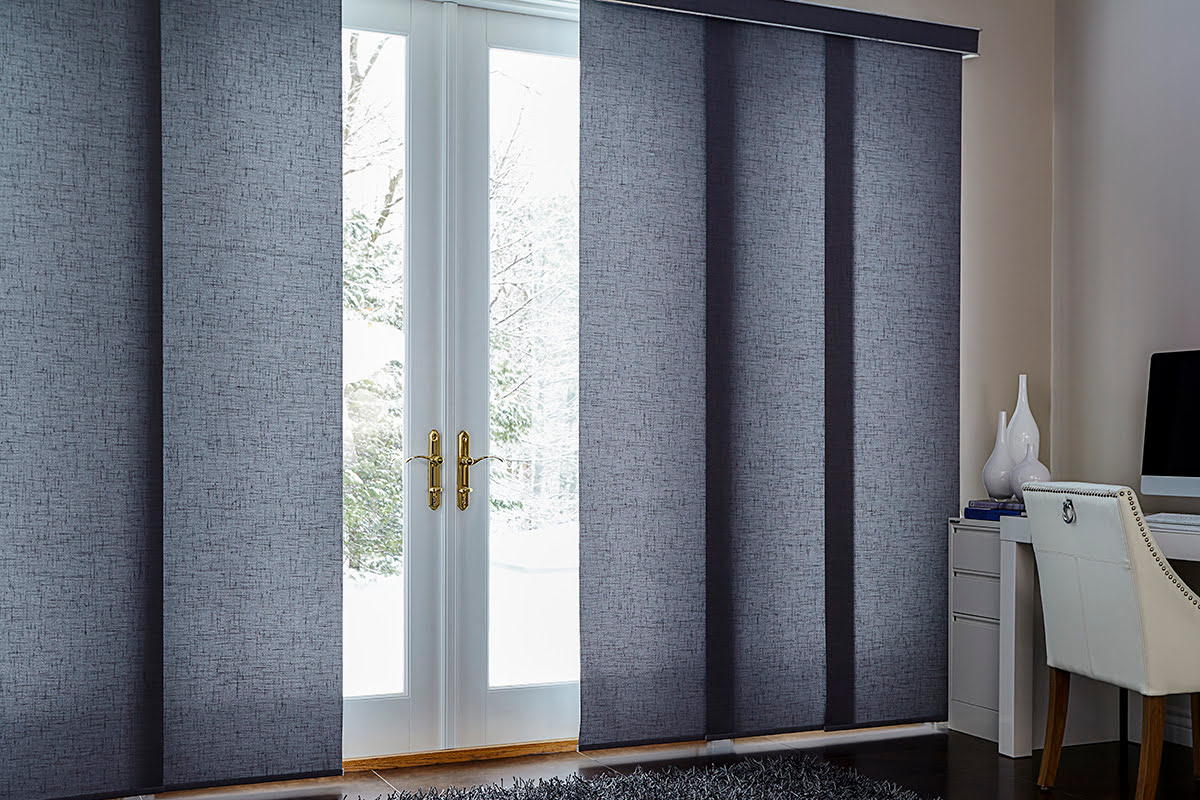

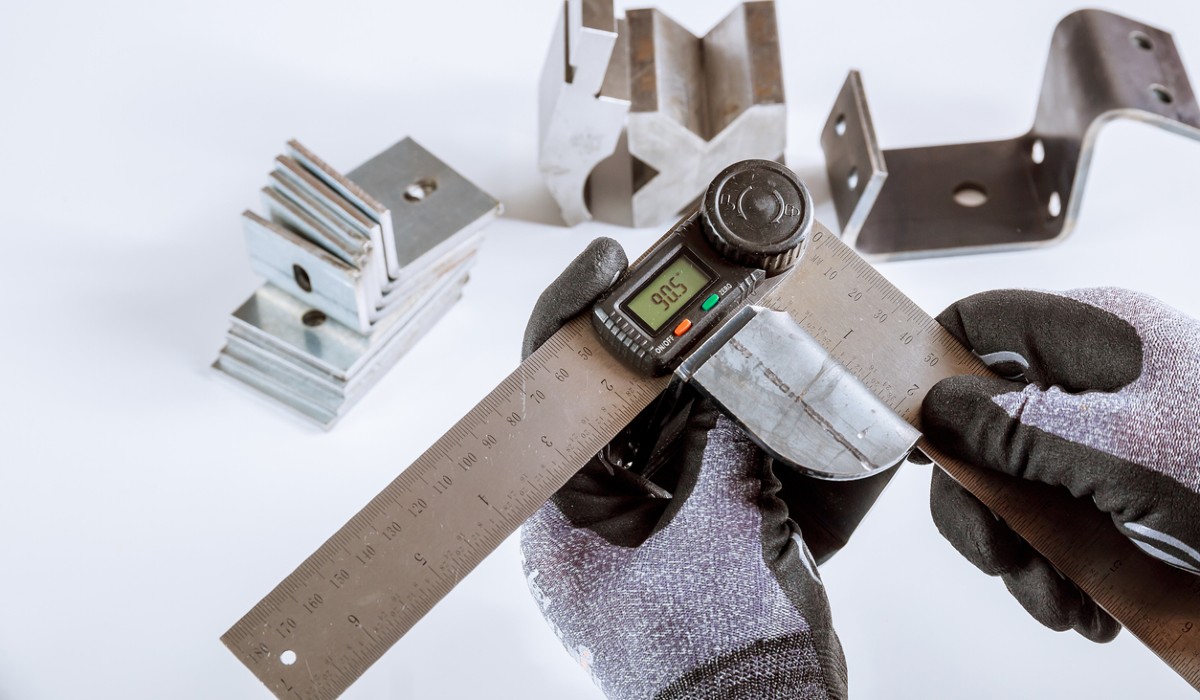
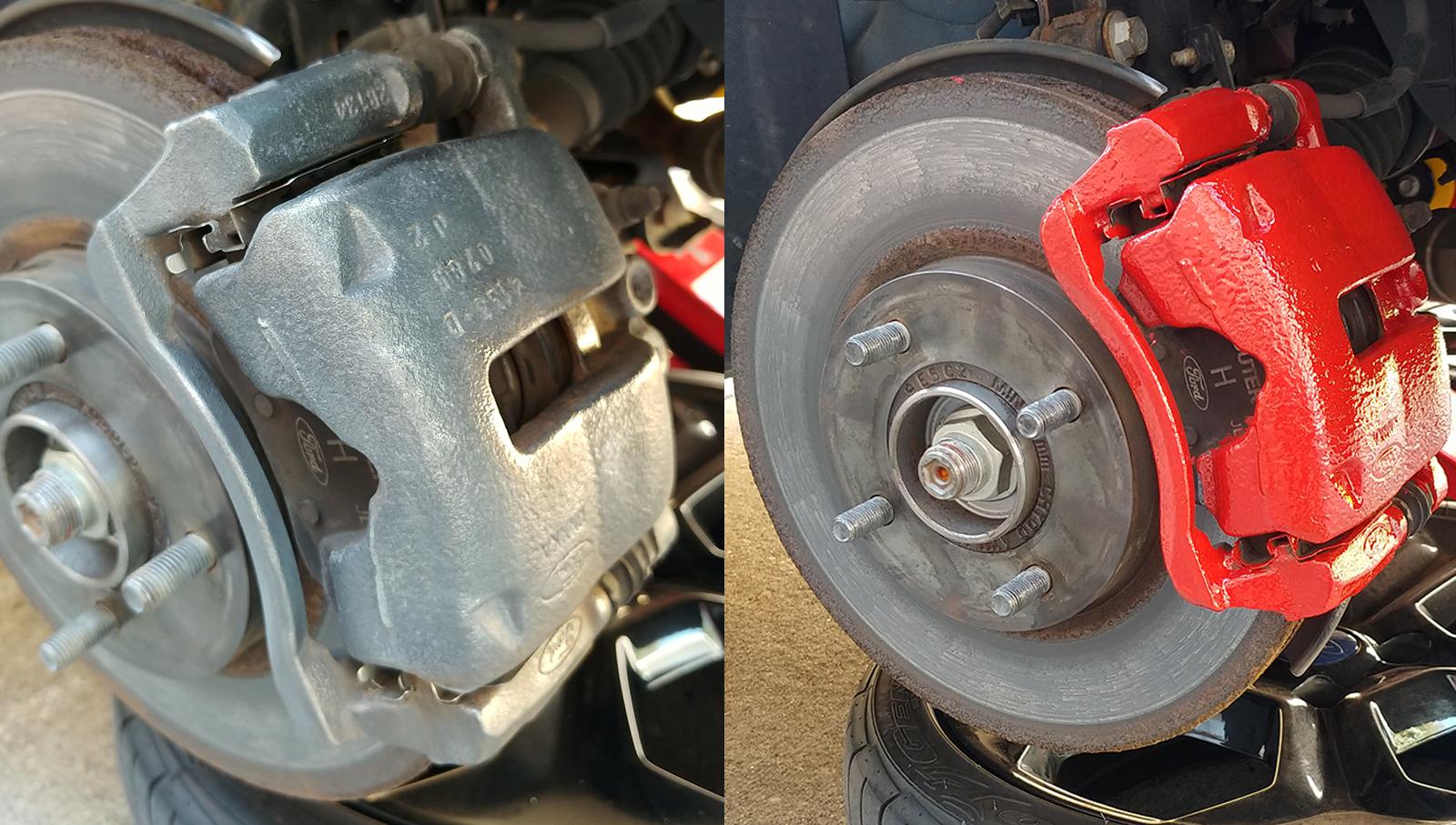

0 thoughts on “How To Use Accu Measure Skinfold Calipers”